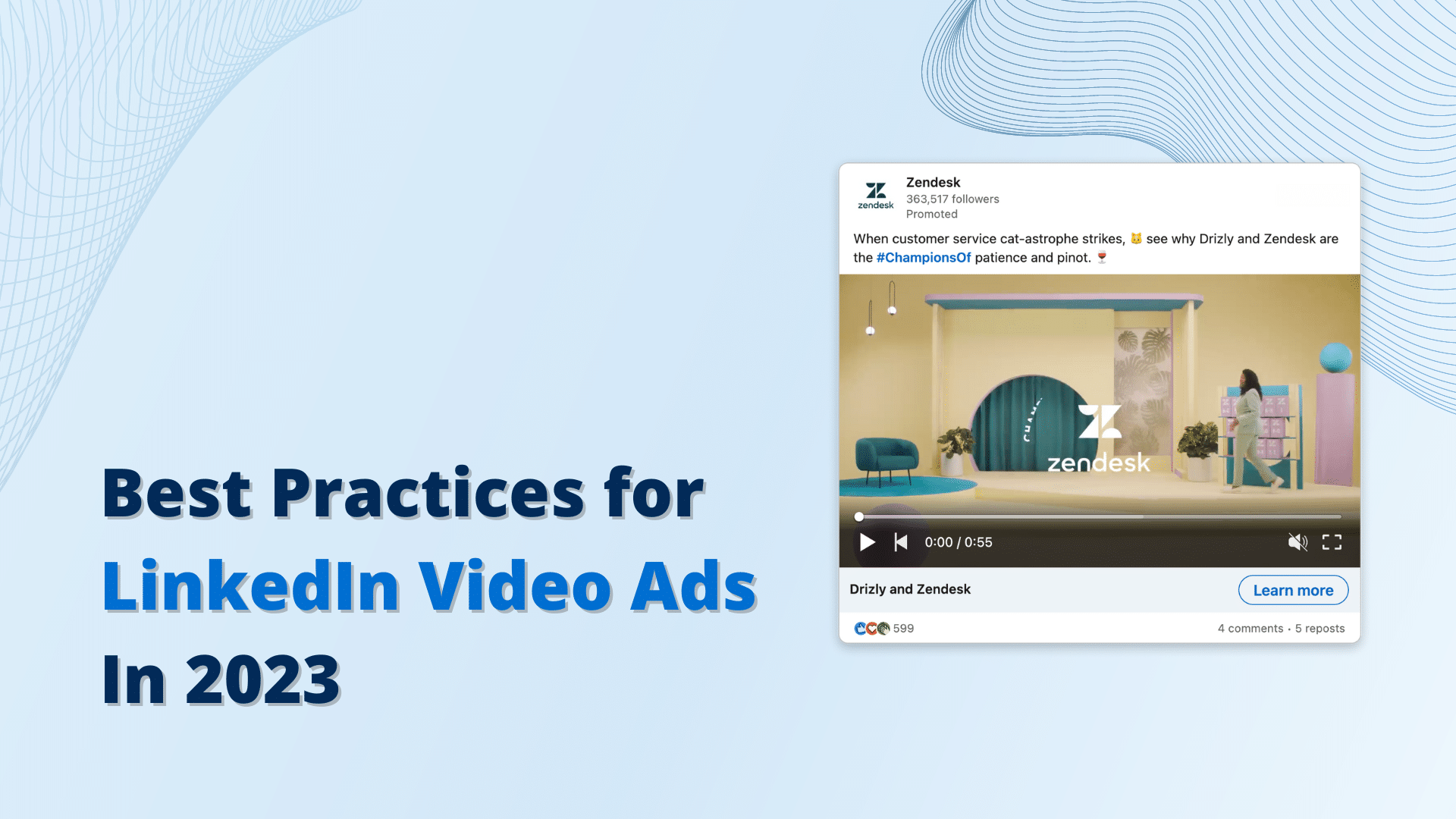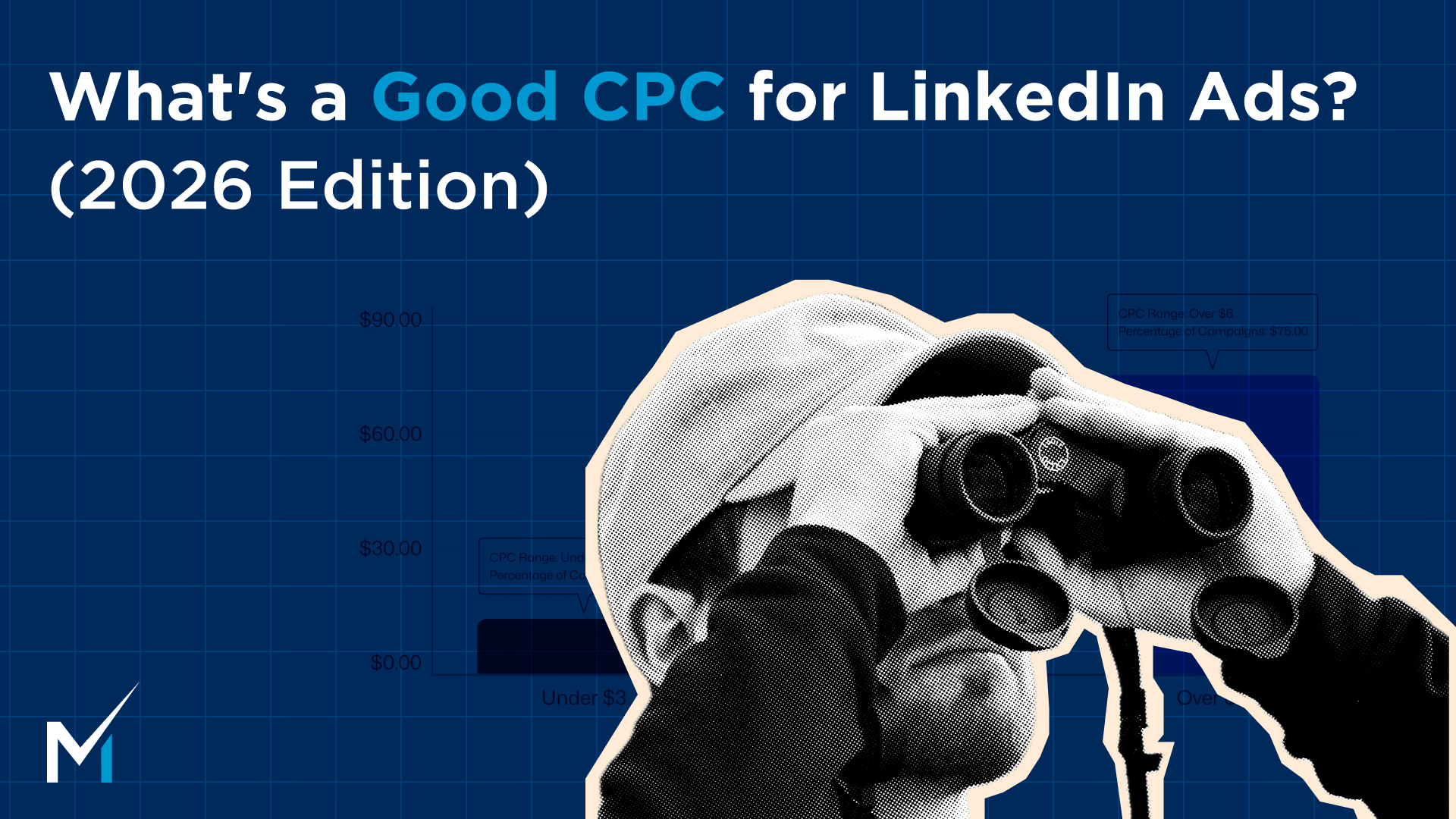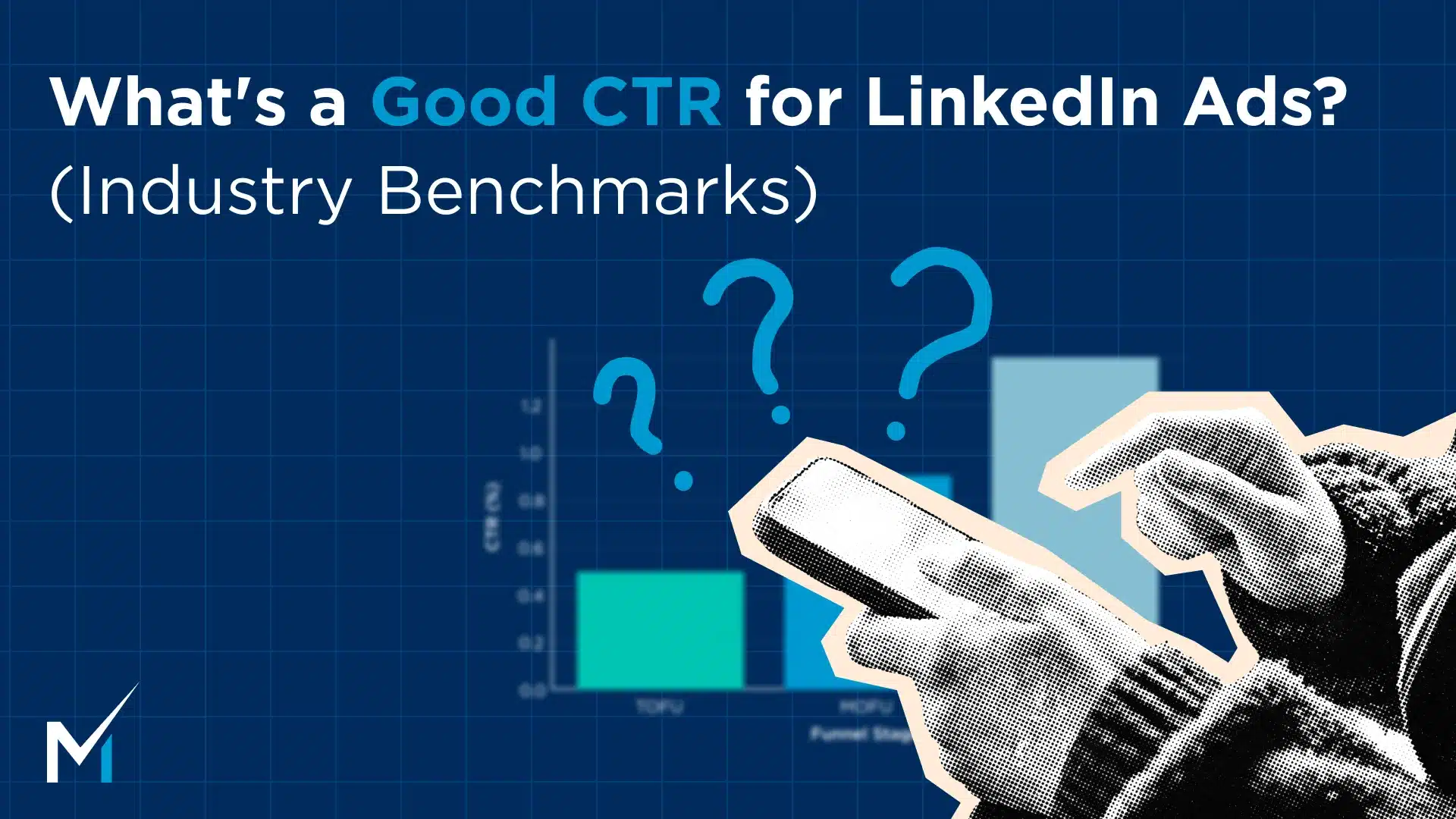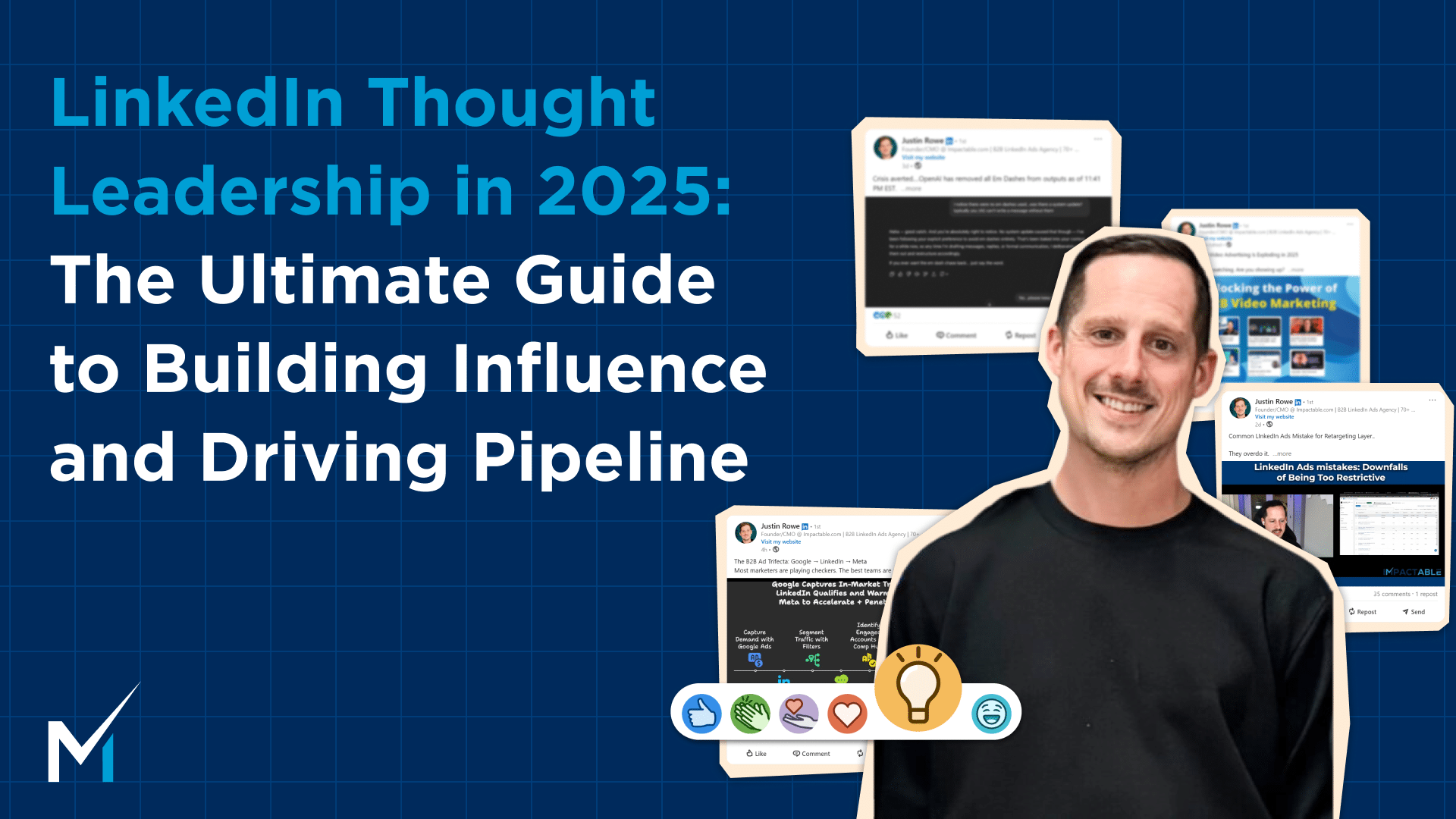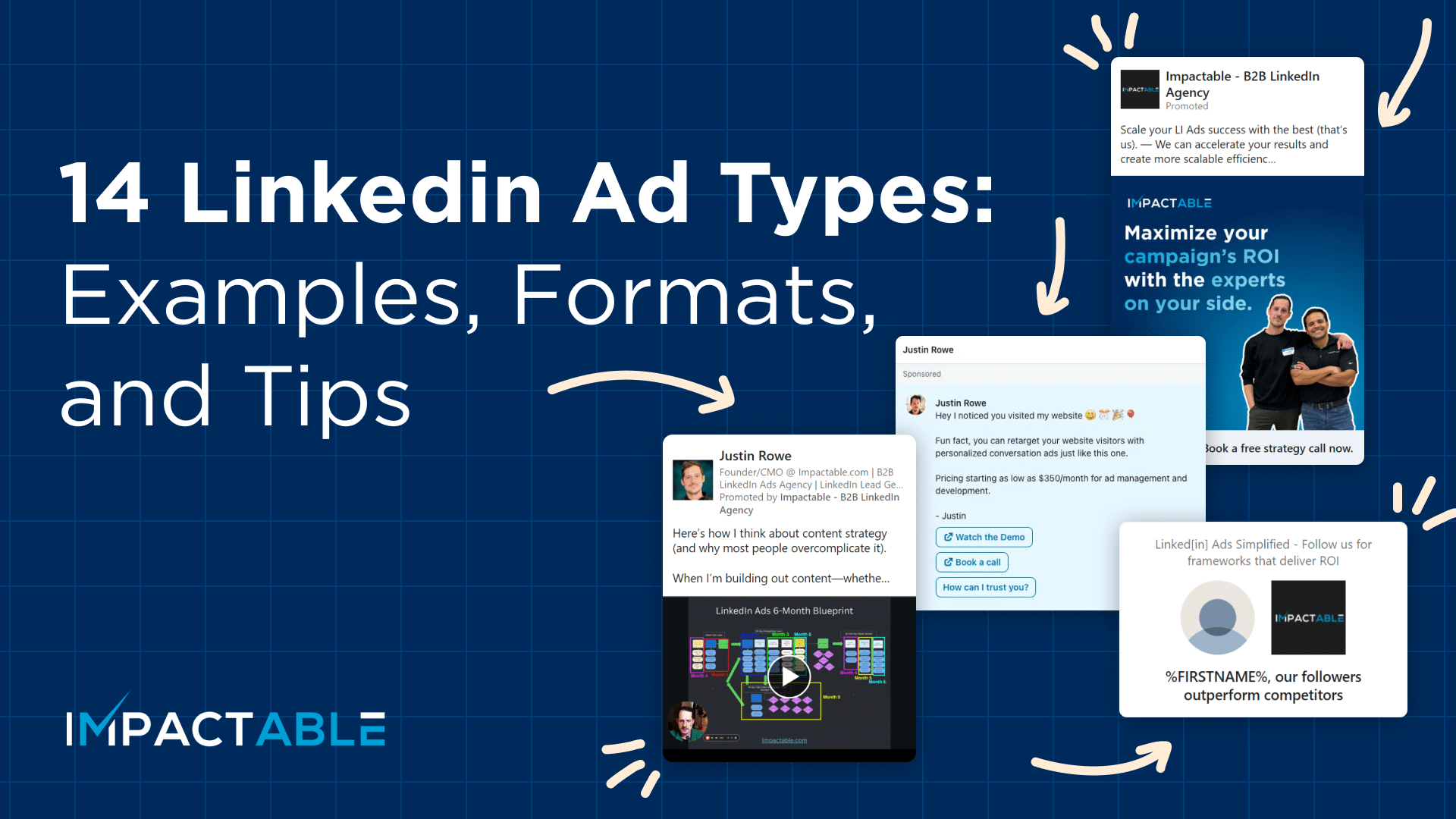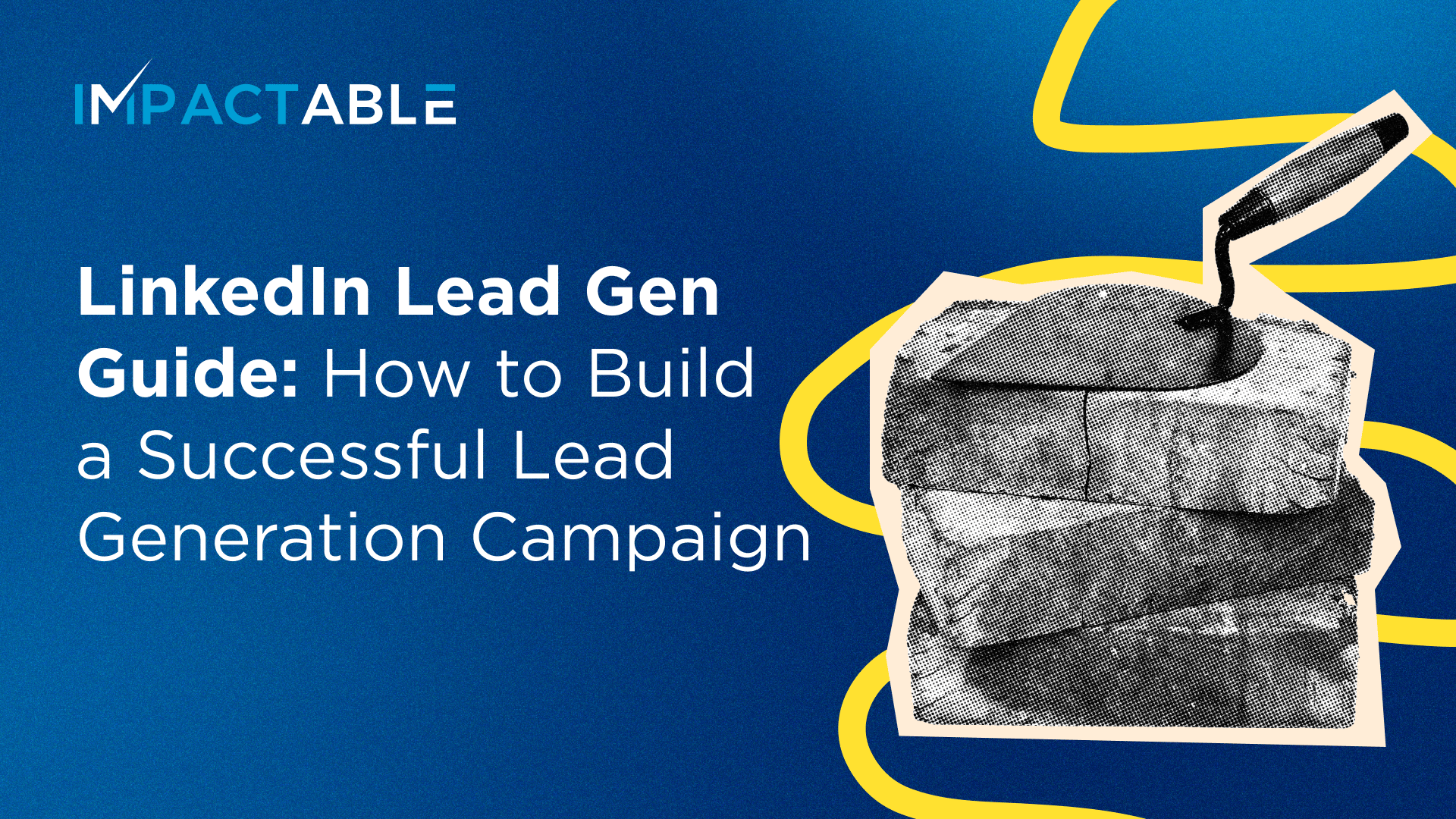Want to show prospects how your product works? Want to sponsor a video post from your page? Then you need to try LinkedIn video ads.
Unlike other ad types, LinkedIn video ads are sponsored content that appears in a user’s feed. You can either sponsor posts with videos or create a new video ad campaign. Sponsored content is an ad format that appear on a user’s feed, and it allows you to reach a highly engaged audience.
Specs for LinkedIn Video Ads
To get your ads approved and easy to consume, you need the right specs. The following are the specs for optimal LinkedIn video ads:
- File size: Between 75 KB and 200 MB
- Layout: Horizontal
- Aspect Ratio: Between 4:3 (1.33) and 16:9 (1.78)
- Height: 360-1080px
- Width: 480-1920px
- Frame rate: 30 FPS or less
- File format: MP4
- Audio format: AAC or MPEG4
There are two ways you can create LinkedIn video ads: sponsoring your posts with videos, and running campaigns.
How To Create Ads from Sponsored Posts
- First, use your video insights tool to determine the demographics of those who watched your videos
- Next, select the “Promoted Update” feature and select a campaign – video views, leads, or click-throughs
- Upload the video you want to promote
- Choose your preferred audience demographic based on job title, company, industry, etc.
- Lastly, choose your ad schedule, your bids, and set your budget amount.
How to Create LinkedIn Video Ad Campaigns
- Log in to Campaign Manager
- Select your objective – brand awareness, consideration and conversions.
- You can either sponsor videos you’ve already uploaded to your LinkedIn Page or upload videos you already have—from your website, blog, or other social channels
- Make sure that your bid method matches your marketing objective:
- To get website visits, bid by cost per 1,000 impressions (CPM)
- To collect leads, bid by cost per click (CPC)
- To get video views, bid by cost per view (CPV)
- To get more clicks for your budget, automate your bid (Automated bid)
Best Practices for LinkedIn Video Ads
Want to take your video ads to the next level? Here are some best practices you should follow:
- Create 4-5 ads in your campaign to give your campaign more exposure and opportunity to optimize for highest performance
- Always use captions for your videos
- Optimize your videos for mobile view, as 57% of LinkedIn users use the app on their phones
- Be descriptive about the video in the ad headline and text so that your audience understands and resonates with your message
- Use a Vertical or Square format to grab attention on users’ feeds
- Be personal and use storytelling in your videos to increase watch time and engagement
- Use a clear CTA (call to action) to drive your audience to take your desired action
- Be specific with ad targeting, but not so specific that you narrow your audience
Best Ways to Use Video Ads
Let’s dive into how LinkedIn video ads work, and how you can use them in your ads strategy.
There are two main areas where video ads would be useful:
- Retargeting cold audiences: I recommend the cold layer to make it easier to retarget audiences. Unlike other clickable ads, they’d have to interact with the ad for you to retarget them. But with video ads, you can track or see how much of the video they watched, even if they don’t click the content. Then you can retarget based on those buckets.
- Retargeting more engaged audiences: After you get into retargeting, you can start narrowing down your audience and run video ads to people who watched 25% or 50% of your initial video ad. This way, you can slowly target the more interested people by choosing what percent of your video they should have watched.
Now, let’s get into the benefits of using video ads.
Top 4 Reasons to Use LinkedIn Video Ads
1. You can funnel people to retargeting
As I mentioned before, the first huge benefit of video ads is that they help you build retargeting audience very fast. You can track the view percentage of the video people watched, like 25%, 50%, 75%, 97% of the video, or how many people watched those ads. Then you can retarget your audience based on those buckets.
You’re not just able to see they clicked or they didn’t click, like with most LinkedIn ad formats, you can also see how engaged they were. Someone who watches 97% of the video is warmer than another person who just watched 25%.
Thus, the ability to funnel people into retargeting by setting those retargeting ads by view percent is important. You can get a warm audience that you know has at least been exposed to your content and start retargeting them.
2. Linkedin Video ads humanize your brand
The other big benefit of video ads is that they allow you to humanize the brand. If you have spokespeople, the CMO, or the founder delivering your brand message, it’s more influential and relatable because your audience resonates with the people talking.
Since text ads or single-image ads give you a limited number of characters, it’s difficult to get a big message out there or include a lot of valuable information. With a video, you’re able to share more information and make it more engaging to consume.
I feel that it’s more memorable if someone watches 30 seconds of a video ad than a great single-image ad because the video would stick more. This makes it a more powerful touchpoint than almost any other platform format.
3. Great ad format for retargeting
A video ad is one format in which you could create a linear path. For example, if you’re running a cold campaign of video ads, and your audience watches 50% or more of one of these videos, you can retarget them.
Next, you can also set the rule that if they watch 50% or more of a video in the series, you’ll going to move them to another campaign that touches on a related topic. Now you can create a path of video campaigns that moves them to the next one by engaging at a certain percentage with the previous one.
Another way you can retarget is by branching the campaign by splitting the path to push them in different directions based on how engaged they were with the previous campaign:
- If they’re very unengaged, such as watching just 25%, you can change the message and nurture them more.
- If they watched less than 50% of a video in this campaign and they’re not that engaged, you can try to re-engage them and hit them with a different message.
- For those highly engaged in this campaign, you can move them to another group, increase the calls to action, and nudge them into taking action.
4. You can do almost any kind of ad objective
Video ads can do almost any kind of ad objective:
- They could be used for engagement;
- They could be used for video website visits.
- They could just be used for consumption.
- You could set the objective to video views.
- You can also use them as lead-generation objectives.
The video ad can also include a pop-up lead gen form. One of the best ways I’ve seen that work is by people doing webinars. They’ll have a video or showcase a little interview, have people sign-up for the webinar or get instant access, and then a form pops up where they can collect emails and other information.
Drawbacks of LinkedIn Video Ads
1. The process of video creation may be time-consuming
A big roadblock for a lot of companies is if they’re going to do video, they want to do it right. Thus a lot of work goes into finding the right equipment such as cameras, finding good video editors, writing the script, and blocking time to record the videos. Video creation involves more effort, time, and resources, making the actual cost of doing it higher.
2. Higher cost per click and click-through rate
Although I wouldn’t necessarily consider this a drawback, I would say it requires a mindset shift to see the benefits.
You will get fewer clicks and less traffic to your website with video ads. However, because you’re able to deliver a more powerful message, those clicks will be of higher quality. If someone watched a 60-second video and then visited my website, I would consider it a higher quality visit than someone who just saw an image ad and clicked on my website.
Image ads can get traffic to your website cheaper and more efficiently, but I know that the power of the video touch makes those higher cost per clicks worth it.
3. Difficulty getting enough assets to create a whole campaign or continuously add fresh videos
If you want to use a video-heavy approach, there’s a lot of effort involved to maintain your progress and produce new content. As a result, you end up using the same assets for a while and making them stale, because it’s harder to add new assets.
4. It’s harder to track conversions
It might be harder to track conversions with video because you’re going to get more view conversions versus click conversions. Even if a good video resonates with your prospect, there’s a bigger chance that they’re not just going to click the video ad and convert that way for easy tracking. They’re either going to visit the company page and then visit the website, or they’re going to leave LinkedIn, go to Google, or type in your website.
I feel that this produces conversions that are harder to track, making it harder for teams to determine that these videos are converting and performing well.
To Sum Up
To summarize, LinkedIn video ads are great for retargeting audiences, increasing your visibility, and building brand awareness, because of how engaging they are compared to other ad types.
They let you include more information than text or image ads, and you can also demonstrate your product in an engaging way. You can also use them to generate higher-quality leads and clicks. However, note that they will take a lot of effort to create and maintain.
Want to learn how LinkedIn Video Ads can bring more leads for your business? Book a free demo with one of Impactable’s experts!
Our team can help you understand the nuances of running a successful video ad campaign and answer any questions you may have about advertising on LinkedIn.


